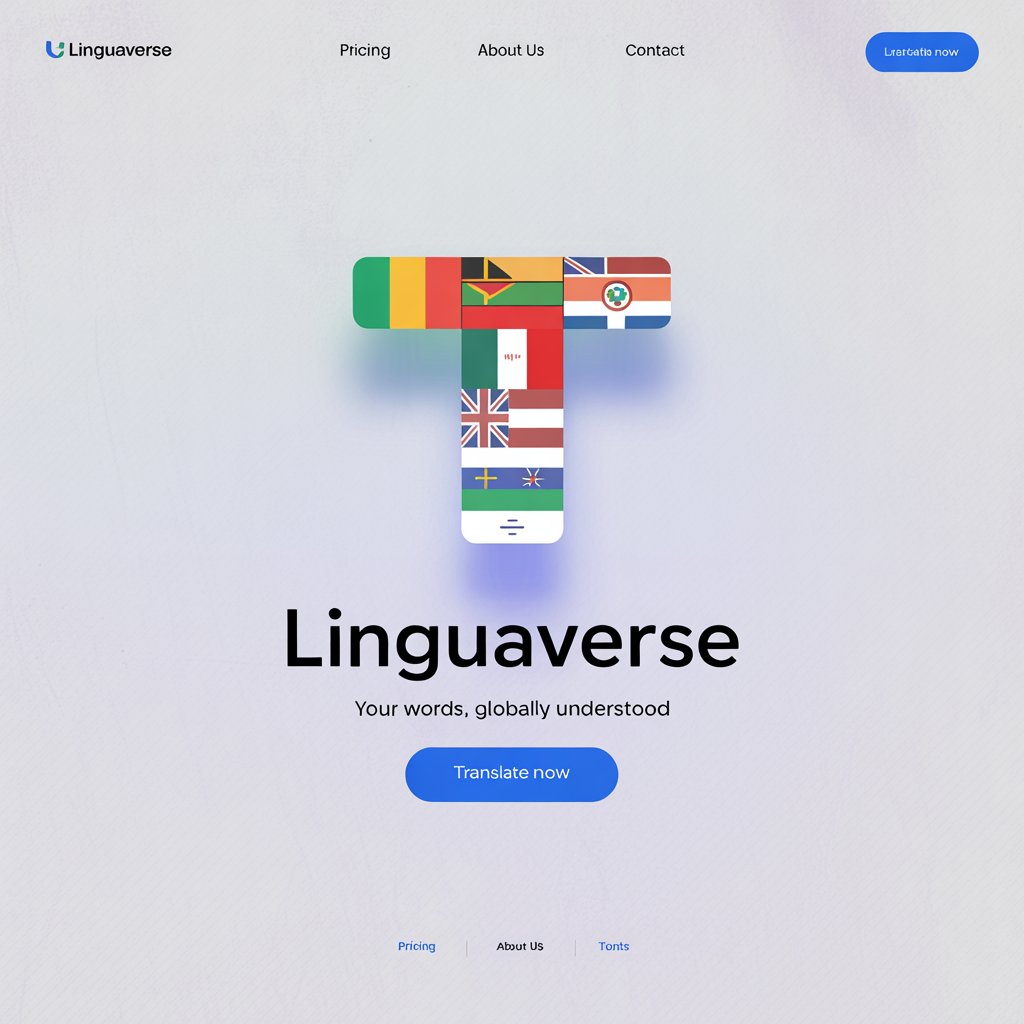Introduction: The Universal Glow of Light
I remember sitting by a campfire on a chilly evening in the mountains, the flames casting a warm glow on the faces of friends from different corners of the world. As we shared stories, someone pointed to the fire and said, “Luz.” Another chimed in with “Hikari.” Then came “Ukuvuma” and “Nur.” It struck me how a single concept—light—could spark such a beautiful mosaic of words, each carrying the weight of its culture’s history, beliefs, and dreams. Light, in its essence, is universal. It’s the dawn breaking over a village, the candle flickering in a temple, the streetlamp guiding a weary traveler home. Yet, the way we name it reflects the unique lens through which each culture sees the world. In this journey, we’ll explore how the word “light” is spoken across languages and cultures, weaving a tapestry of human connection through a shared reverence for illumination.
Reference Table: The Word for Light in Various Languages
| Language | Word for Light | Cultural/Linguistic Insight |
|---|---|---|
| French | Lumière | Evokes elegance, tied to France’s Enlightenment era and the “City of Light,” Paris. |
| Spanish | Luz | Rooted in Latin “lux,” symbolizing divine clarity in Catholic traditions. |
| Italian | Luce | Associated with art and beauty, as in the glowing frescoes of Renaissance Italy. |
| German | Licht | Practical yet poetic, used in expressions like “ins Licht bringen” (to bring to light). |
| Mandarin | Guang | Represents brightness and hope, often used in metaphors for knowledge and progress. |
| Hindi | Prakash | Tied to spiritual enlightenment, as in the festival of Diwali, the Festival of Lights. |
| Japanese | Hikari | Symbolizes purity and guidance, often used in names and anime to denote hope. |
| Korean | Bit | Conveys a soft, radiant glow, reflecting Korea’s emphasis on harmony and balance. |
| Arabic | Nur | Deeply spiritual, linked to divine light in Islamic theology, as in “Nur Allah” (God’s light). |
| Swahili | Mwanga | Represents community and clarity, often used in storytelling across East Africa. |
| Zulu | Ukuvuma | Connotes revelation, tied to ancestral wisdom in South African Zulu culture. |
| Yoruba | Imole | Associated with divine energy and truth in Nigerian Yoruba spiritual practices. |
| Maori | Marama | Linked to the moon and clarity, revered in New Zealand’s Maori cosmology. |
| Hawaiian | Malamalama | Symbolizes enlightenment and knowledge, central to Hawaiian chants and navigation. |
| Cherokee | Nvda | Tied to the sun and life, reflecting Cherokee reverence for natural cycles. |
European Languages: A Glow of Tradition and Enlightenment
In Europe, the word for light often carries echoes of history, art, and philosophy. In French, “lumière” rolls off the tongue like a soft candle’s flicker, evoking the grandeur of Paris, dubbed the “City of Light” for its role in the Enlightenment. The term is steeped in intellectual and artistic connotations, as seen in the Lumière brothers’ pioneering work in cinema. In Spanish, “luz” derives from the Latin “lux,” a word that resonates in Catholic Spain’s imagery of divine light streaming through cathedral windows. Italian “luce” shares this Latin root, but it’s infused with the glow of Renaissance art—think of Caravaggio’s dramatic interplay of light and shadow. In German, “Licht” is both practical and poetic, used in everyday phrases like “Licht anmachen” (turn on the light) and metaphorical ones like “Licht ins Dunkel bringen” (shed light on something). Across Europe, light symbolizes clarity, truth, and beauty, yet each language adds its own cultural hue.
Asian Languages: Illuminating Wisdom and Spirituality
Asia’s linguistic diversity shines brightly in its words for light, reflecting spiritual depth and cultural nuance. In Mandarin, “guang” conveys brightness and hope, often paired with other characters to mean “glory” or “radiance.” It’s a word that lights up China’s aspirations for progress, as in the phrase “guangming weilai” (bright future). In Hindi, “prakash” is inseparable from spirituality, embodying enlightenment during Diwali, when lamps are lit to celebrate the triumph of good over evil. Across India’s 20+ states, “prakash” resonates in prayers and poetry. Japanese “hikari” carries a delicate purity, often used in names like Hikari-chan or in anime to symbolize hope. In Korean, “bit” suggests a gentle glow, aligning with the culture’s emphasis on balance, as seen in traditional lantern festivals. Arabic, spoken across 20+ countries, uses “nur” to denote divine light, a concept central to Islamic mysticism, where God is described as “the Light of the heavens and earth” (Quran 24:35). Each Asian language frames light as a beacon of wisdom, faith, or harmony.
African Languages: A Radiance of Community and Truth
Africa’s linguistic landscape is as vibrant as its sunlit savannas, with words for light reflecting community and spirituality. In Swahili, spoken across 20+ East African countries, “mwanga” signifies both physical light and clarity in storytelling, a vital tradition in communal gatherings. In Zulu, a South African language, “ukuvuma” connotes revelation, linking light to ancestral wisdom shared under starlit skies. Yoruba, spoken in Nigeria and beyond, uses “imole” to represent divine energy, often invoked in rituals to honor truth and justice. These languages, among others like Hausa’s “haske” or Amharic’s “berhan,” show how light in African cultures is less about the individual and more about collective understanding, guiding communities through shared stories and beliefs.
Indigenous & Island Languages: Light as Life and Guidance
Indigenous and island languages offer a profound connection to nature and cosmology through their words for light. In Maori, spoken in New Zealand, “marama” refers to both light and the moon, a celestial guide in Polynesian navigation and mythology. Hawaiian “malamalama” embodies enlightenment, tied to ancient chants that honored the sun’s role in sustaining life across Pacific islands. In Cherokee, a Native American language, “nvda” connects light to the sun, central to ceremonies that celebrate natural cycles. Samoan, spoken in Samoa and beyond, uses “malamalama” similarly to Hawaiian, emphasizing knowledge as a guiding light. Across 20+ indigenous and island communities, from the Inuit’s “qamana” to the Taino’s “guayaba,” light is revered as a life-giving force, deeply tied to the land, sea, and sky.
Cultural Insights: The Evolution and Importance of Light
The concept of light has illuminated human history for millennia, evolving alongside our understanding of the world. In ancient Egypt, “akh” (light) was tied to the sun god Ra, symbolizing life and divinity. In Greece, “phos” inspired philosophical ideas of truth, as in Plato’s Allegory of the Cave. The Latin “lux” birthed many European words, while Sanskrit’s “jyoti” influenced South Asian languages, linking light to spiritual awakening. Light often appears in religious contexts—Christianity’s “I am the light of the world,” Islam’s “Nur,” or Buddhism’s path to enlightenment. Historically, light marked progress, from fire to oil lamps to electricity, each leap illuminating new possibilities. Culturally, it’s a universal metaphor for hope, knowledge, and divinity, yet its expression reflects local traditions, like Japan’s lantern festivals or India’s Diwali.
Proverbs and Sayings: Light in Cultural Wisdom
Light inspires proverbs and sayings worldwide, capturing its metaphorical power:
- French: “La lumière attire les papillons.” (The light attracts butterflies.) — Beauty draws attention, but not always wisely.
- Hindi: “Ek diya se doosra diya jalao.” (Light one lamp from another.) — Share knowledge to spread enlightenment.
- Arabic: “Al-nur yuzilu al-zulma.” (Light dispels darkness.) — Truth overcomes ignorance.
- Swahili: “Mwanga wa jua haulipiki chakula.” (The sun’s light doesn’t cook food.) — Light alone isn’t enough; action is needed.
- Maori: “Kia marama te ara.” (Let the path be lit.) — Seek clarity in your journey.
These sayings reflect light’s role as a guide, a source of wisdom, and a call to action across cultures.
FAQs: Common Questions About the Word for Light
Why do words for light sound similar in many languages?
Many languages share roots from ancient proto-languages, like Indo-European’s “leuk” (light), which evolved into Latin “lux,” Greek “phos,” and Sanskrit “rokah.” Trade, conquest, and cultural exchange also spread similar terms, like Arabic “nur” influencing Persian and Turkish.
What’s the oldest known word for light?
Sanskrit’s “jyoti” (circa 1500 BCE) and Egyptian “akh” (circa 2700 BCE) are among the oldest recorded, tied to spiritual and cosmic concepts in early civilizations.
How do cultural differences shape the expression of light?
In Western cultures, light often symbolizes truth or science (e.g., Enlightenment). In Asian traditions, it’s tied to spiritual awakening (e.g., Diwali, Zen). In African and indigenous cultures, light emphasizes community and nature, as in storytelling or sun worship.
Conclusion: The Eternal Flame of Light
Light, in all its linguistic forms—luz, hikari, nur, mwanga—carries a universal truth: it’s the spark that unites us. Across continents and centuries, it has guided humanity through darkness, whether literal or metaphorical. Each culture’s word for light is a window into its soul, revealing how it seeks truth, hope, and connection. As I reflect on that campfire night, I’m reminded that no matter how we say it, light is what we all reach for. What’s the word for light in your language? How does it shine in your life? Share your story below—I’d love to hear how light illuminates your world.




